
The African bush is full of an incredible array of different colours and patterns.
From the patchwork giraffe to the rosetted leopard, and the spotted cheetah to the striped zebra, not to mention the plethora of beautiful birds and other critters.
All of this natural beauty has evolved over millennia for a multitude of different reasons, many of which are still a mystery to us.
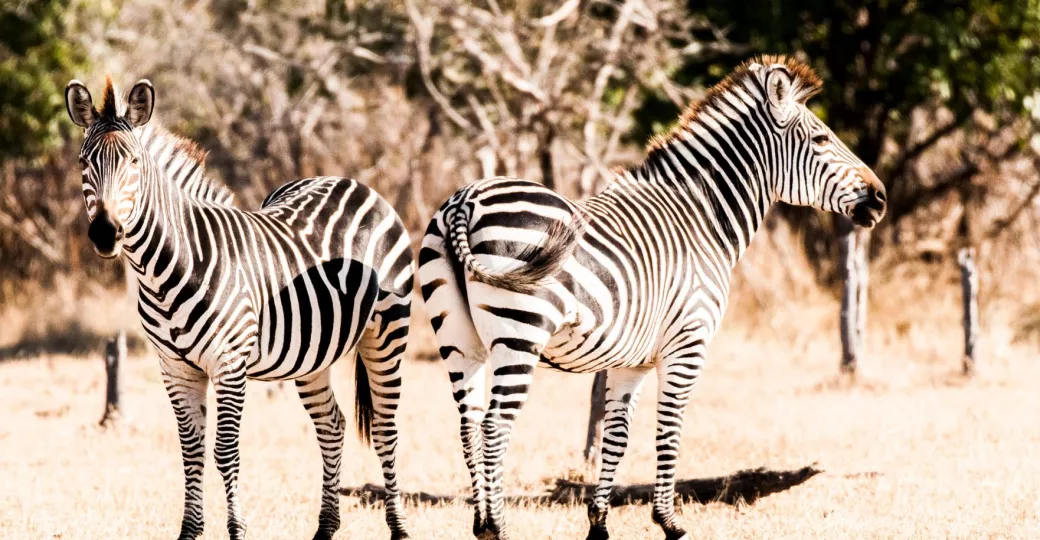
Zebra in the South Luangwa - Toby Pheasant
Scientists and biologists have for been poring over the reasons behind the zebra's magnificent stripes for over a century.
The three species of zebra (Grevys, Mountain and Plains) are striped slightly differently and are distributed throughout different areas of Africa - owing to theories relating to their habitats.
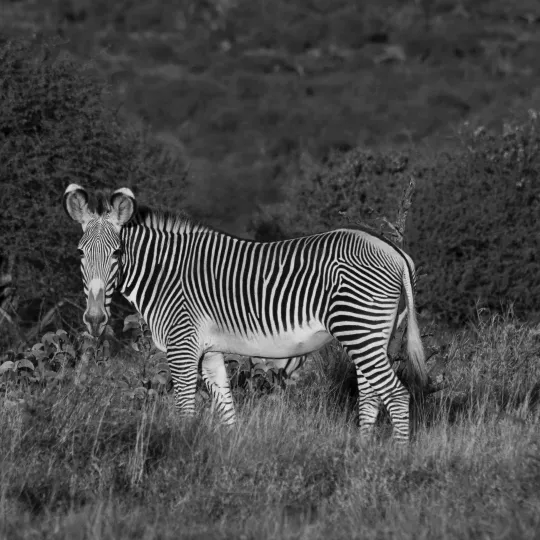
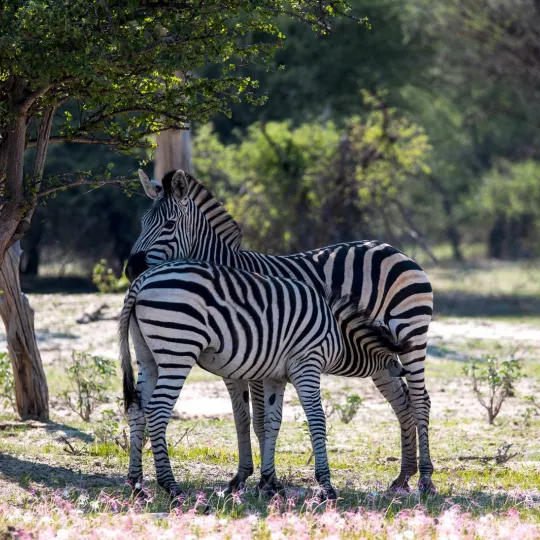
Grevy's zebra (on the left, image courtesy of Gio S Studio) has stripes far closer together than the Plains Zebra on the right (image courtesy of Toby Pheasant)
Zebra stripes are in fact entirely within their coat. With black skin, they have a coat of dark hair broken by stripes of white, unpigmented hair.
Umpteen different hypotheses have been put forward over the years including camouflage, helping to evade predators, thermoregulation and even helping to identify others in the herd (a bit like our unique fingerprints).
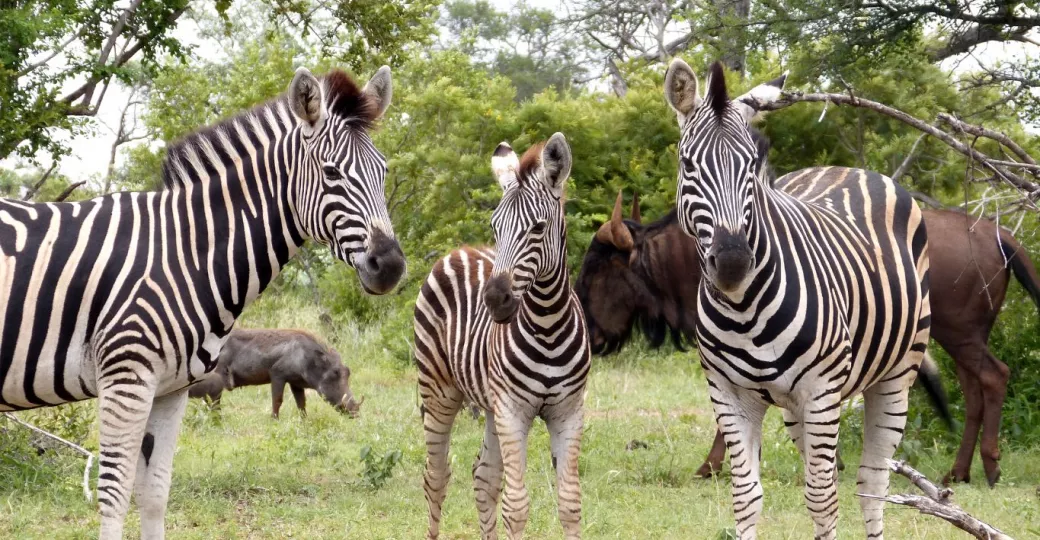
Zebra, warthog and wildebeest in the Timbavati - James Handley
For a long time, new theories were introduced without rigorous test (we're all ears if you have any interesting suggestions!), however scientists now have evidence to show that at least two of the theories are in part true:
In the first research project in 2014, scientists gathered evidence to show that biting flies don't like landing on striped surfaces, indicating that the stripes are a defence from such pests.
Apparently, the flies would appear to attempt to land on the striped surface, but then fail to decelerate and bounce off!
Horseflies and tsetse flies are a notorious nuisance for wildlife in the bush and carry harmful diseases including the potentially fatal equine influenza.

Zebra stopping for a drink - Harshil Gudka
The second piece of research published in 2015 matched variation in plains zebra stripes to difference in the average local temperatures - suggesting that the stripes are present to aid thermoregulation.
The "cooling eddy" theory suggests that when air hits a zebra, the black and white stripes create a difference in air currents (due to energy absorption rates), which in turn help to cool a zebra's body.
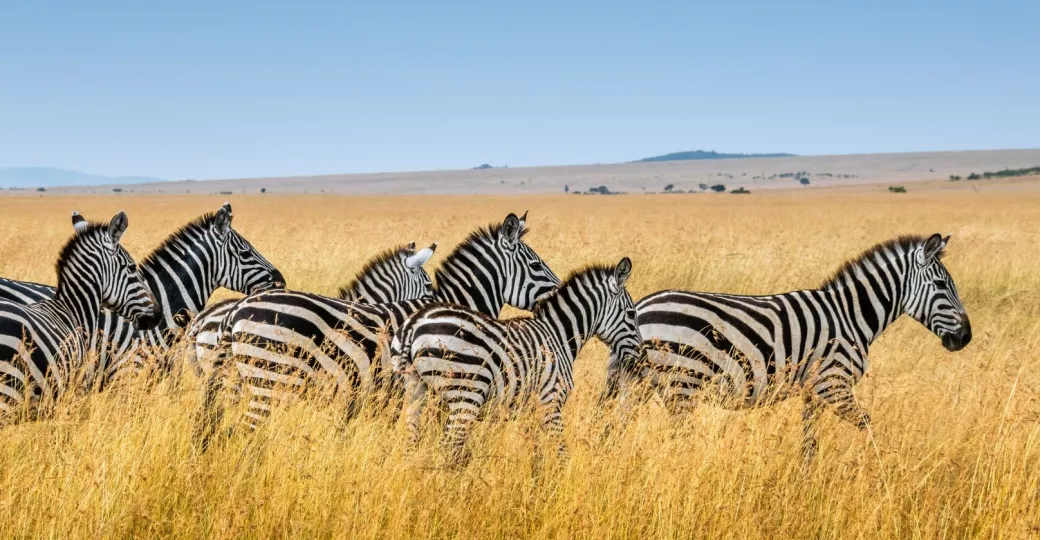
A dazzle of zebra moving through the long grass - Sutirta Budiman
Handily, the two papers disprove each other, leaving us back we're left back where we started - with a bunch of theories!
We prefer it like this anyway. It leaves imaginations free to roam, and for us to continue to make theories around the campfire :)

James Handley
Born and bred in the South of England, James is Bonamy’s intrepid traveller. When not honing his skills in London over the last decade, he's spent much of his time on self-planned expeditions and a...
View profileNever miss a notebook entry with our newsletter


